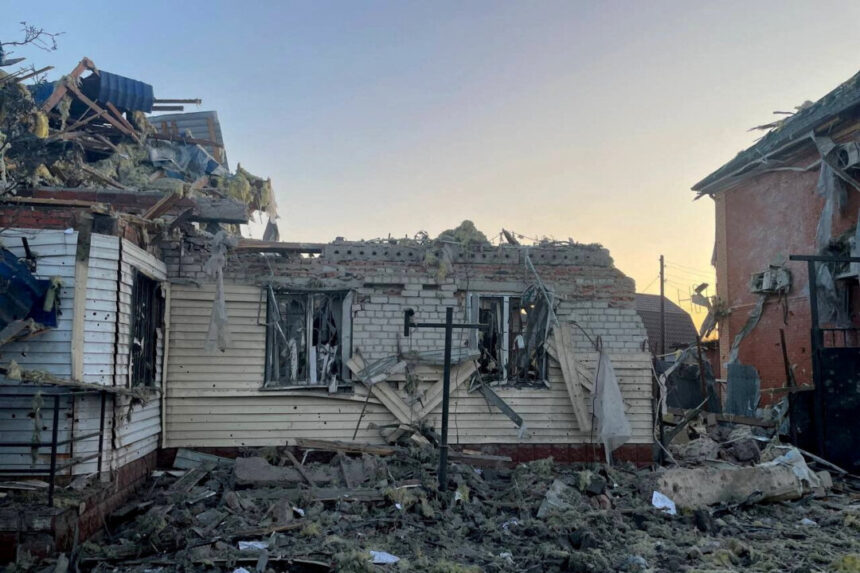Commentary
Ukrainian forces initiated an infantry assault on Aug. 7, crossing nine miles into Russian territory to target the Sudzha gas hub, a crucial entry point for Russian gas into the European Union (and Ukraine). The primary goal of this attack was to strike Russian energy infrastructure and lure in Russian troops, equipment, and aircraft for destruction by Ukrainian drones and missiles.
President Joe Biden, along with other NATO members, has provided Ukraine with advanced weaponry worth billions of dollars, with the condition that they are not used within Russian territory. While most of these terms have been accepted by the Ukrainians, areas like Crimea and the Donetsk and Luhansk oblasts, which are occupied by Russia, are excluded.
Despite the caution exercised by Biden, Ukrainian military operations are penetrating deeper into Russian territory.
Ukrainian President Volodymyr Zelenskyy claims that Ukraine has the capacity to produce 1 million drones in 2024, some of which are capable of flying long distances with reduced payload capacity. Notably, on Aug. 7, Ukraine targeted Lipetsk military air base, over 217 miles from its border.
Ukrainian drones also destroyed ammunition depots at the Morozovsk military airfield (111 miles away) on Aug. 3, and launched attacks on the Murmansk airfield (more than 1,100 miles away) on July 27, claiming to have taken down a strategic bomber and helicopters. Another strike was conducted on a Russian oil depot in Polevaya, Kursk Oblast (450 miles away) on the same night.
In a previous incident on July 9, Ukrainians used their drones to destroy an ammunition base in the Voronezh Oblast, about 350 miles from the border. They also targeted Taneco, Russia’s third-largest oil refinery, on April 2, which is approximately 800 miles from the front lines.
While military infrastructure like Russian bases and equipment are considered legitimate targets during wartime, questions arise about the ethics of targeting civilian infrastructure such as bridges, airports, railways, and power stations. Oil refineries, however, seem to be accepted as legitimate targets by Ukraine and its NATO allies.
Despite these norms, Russia continues to target civilians, as evidenced by the drone attacks on Kyiv on July 31. The Russians are developing their own drones with assistance from Iran, but doubts persist regarding their capabilities compared to Ukrainian drones. Reports suggest that some Russian forces are attempting to capture and utilize Ukrainian drones.
The introduction of F-16 fighter jets could potentially alter the dynamics of the conflict. These jets, supplied by the U.S. and allies like Denmark and the Netherlands, are mandated to operate within 25 miles of the Russian border due to vulnerability to S-300 ground-to-air missile systems. Primarily, the F-16s are tasked with intercepting heavy ballistic missiles targeting Ukrainian cities and infrastructure.
Russian President Vladimir Putin has responded by threatening a tactical nuclear strike in the region, emphasizing Russia’s early warning system for missile attacks. He labeled the Aug. 7 assault as a “provocation” and faces challenges in maintaining his political base amidst the ongoing conflict and economic pressures.
Views expressed in this article are opinions of the author and do not necessarily reflect the views of The Epoch Times.
Please rewrite the following sentence:
“The cat lazily lounged in the sun, enjoying the warmth on its fur.”
Source link








